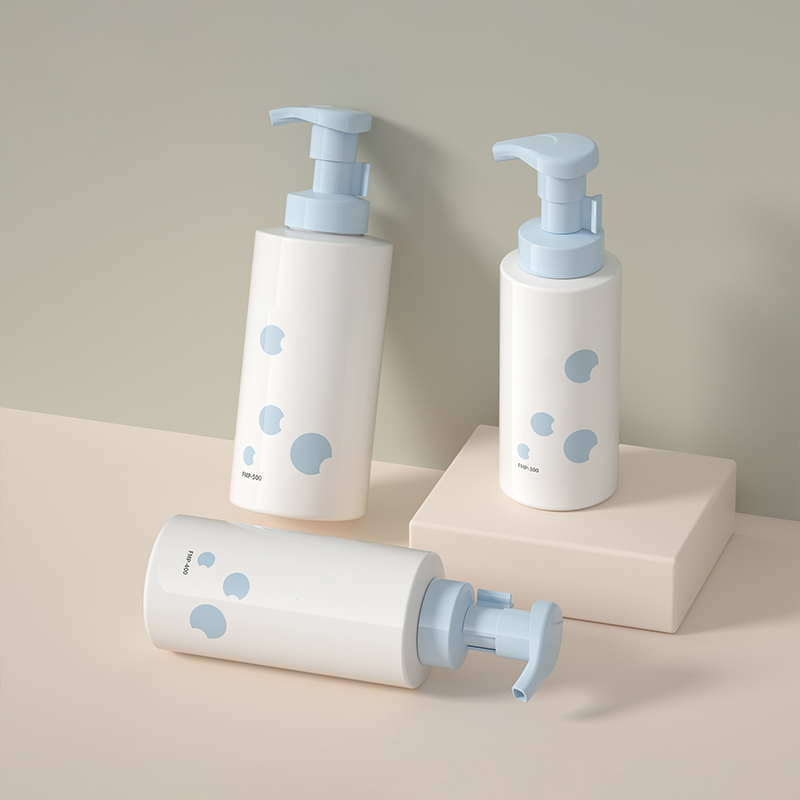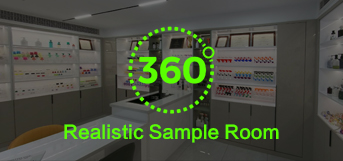The steps involved in producing plastic bottles are as follows.
Raw Material Preparation The most widely used raw material is polyethylene terephthalate (PET) resin, which is in the form of fine particles that must be dried and dehumidified.
Cylinder feeding. The dried PET resin pellets are loaded into the cylinder of the injection moulding machine. The barrel is heated until the PET resin is molten.
Injection Moulding Molten PET resin is injected into a closed mould cavity. The mould is typically made of two pieces, the middle of which is shaped into the shape of the desired product cavity. Following injection, the bottle is cooled and formed.
Remove the finished result. After cooling and curing, the mould is opened, the plastic bottle is removed, and the cycle repeats.
Deburring Burrs on freshly injected plastic bottles may need to be physically or chemically removed.
Other Post-Processes Finally, the bottle’s surface may require decoration such as printing, painting, merkingar, and so on in order to be more visually beautiful and practical.
The entire process is automated, with the capacity to make hundreds or even thousands of plastic bottles each minute. One of the most common methods for producing plastic objects is injection moulding.











